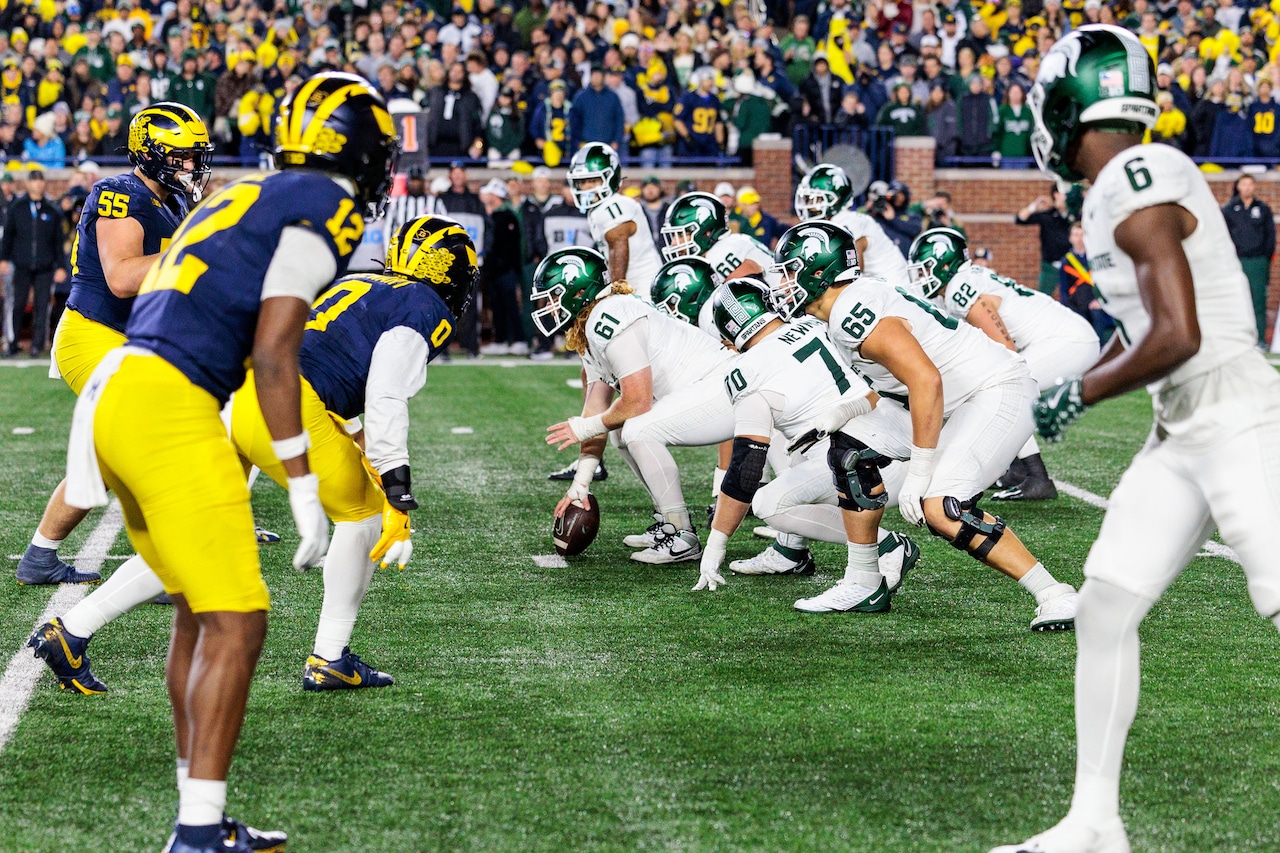Copyright Forbes

Two X-class solar flares — the strongest category there is — occurred on the sun on Nov. 4, as solar activity suddenly spiked. They were followed by strong M-class solar flares on Nov. 5. With a region of intense magnetic activity now facing Earth, geomagnetic storms are expected over the next week or so, with NOAA already forecasting them on Thursday, Nov. 6 and Friday, Nov. 7. What Just Happened On The Sun On Nov. 4, NASA's Solar Dynamics Observatory spotted X1.1 and X1.8 solar flares, the only X-class solar flares since June 19, 2025. Unpredictable, intense bursts of energy and electromagnetic radiation from the sun's surface, solar flares are categorized according to how strong they are. X-class describes the most intense flares, while the number provides more information about their strength, according to NASA. There were also two slightly weaker M-class solar flares, rated M3.5 and M7.4, on Nov. 4 and 5, respectively. Most of the activity is coming from a new sunspot called 4274, which has appeared on the left-hand side of the sun as we see it as our star rotates. Warning From NOAA In the wake of the solar flares, the National Oceanic and Atmospheric Administration’s Space Weather Prediction Center confirmed the Nov. 4 events caused a strong radio blackout. X-rays and ultraviolet radiation from a solar flare travel at the speed of light, causing a radio blackout on the day-side of Earth within about eight minutes. MORE FOR YOU However, the huge clouds of charged particles that often leave the sun in the wake of solar flares — called coronal mass ejections — move much more slowly, taking 24-72 hours, depending on how fast they move. That's crucial for skywatchers because it's CMEs that ultimately cause auroras. Northern Lights Incoming With at least two CMEs destined to graze Earth's magnetic field this week, NOAA is forecasting minor G1-rated geomagnetic storming as it gets dark in North America on Thursday, Nov. 6, through the early hours of Friday, Nov. 7. However, according to Spaceweather.com, "don't be surprised if something stronger happens." NOAA predicts that the "potential arrivals of the ... CMEs will likely produce G1 (Minor) geomagnetic storming levels with a slight chance for the G2 (Moderate) levels." According to NOAA's aurora viewline, 14 states could see displays of the Northern Lights in northern skies. Wishing you clear skies and wide eyes.



